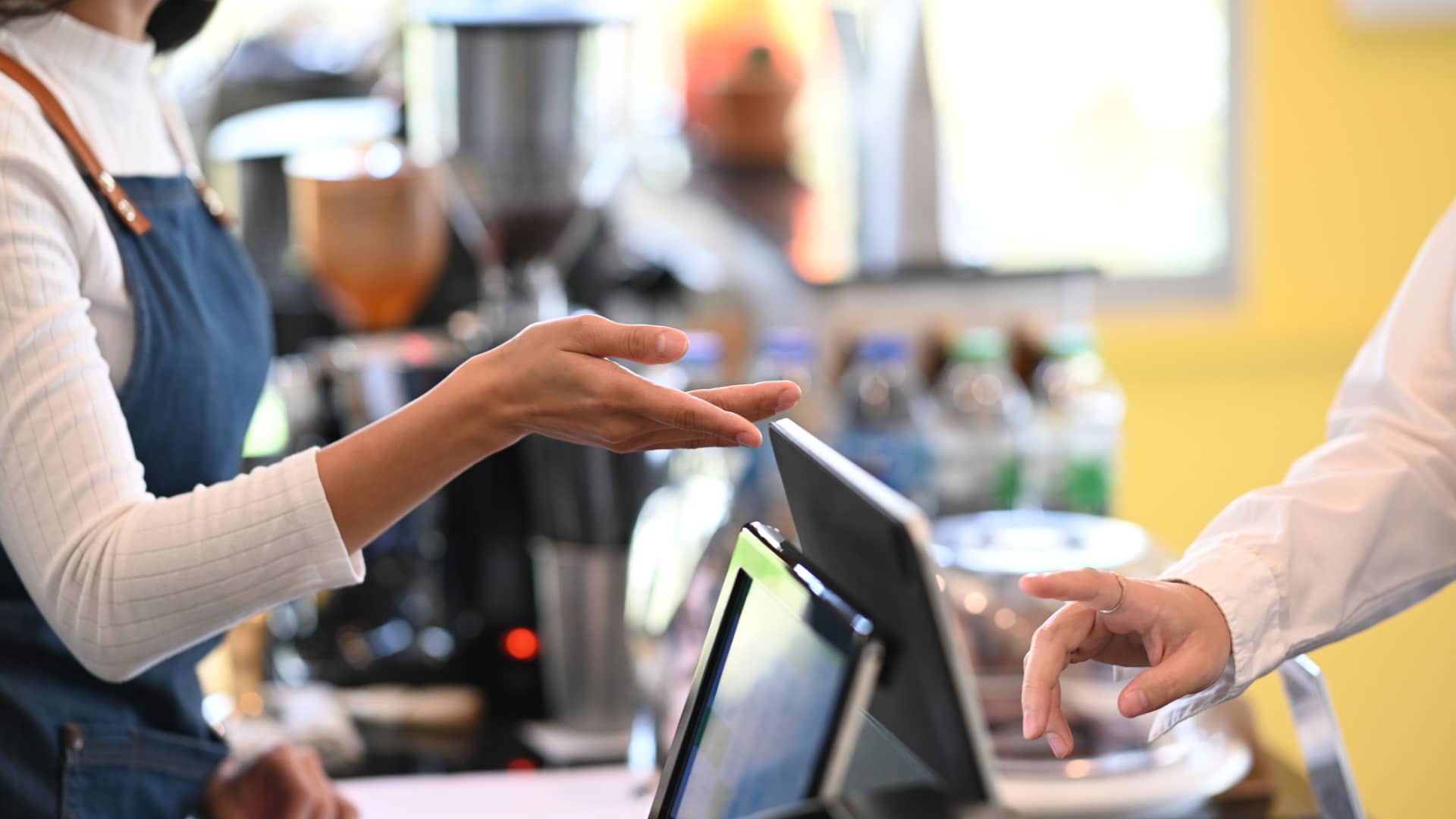We’ve all been there. The barista hands you your coffee and spins their tablet around to show a screen that prompts you to tip 15%, 20%, 30% or 0% on your order.
It’s an experience that’s become commonplace beyond places where it was previously considered normal to tip, and Americans are getting fed up. In fact, 2 in 3 Americans now have a negative view of the entire tipping practice, a recent Bankrate survey found.
There are two basic reasons it might feel like you’re being asked for tips more frequently:
- Technology: Digital cash register tablets and other new technologies have made it easier for customers to give tips and for businesses to receive them in an increasingly cashless society.
- The gig economy: The average consumer can now outsource countless tasks, from getting your dog groomed to having an employee bring your Target order to your car, creating more opportunities than ever to tip a person who does a service for you.
“We’re using more services, so of course we are confronted with more tipping opportunities,” Diane Gottsman, founder of The Protocol School in Texas and a nationally-recognized etiquette expert, tells CNBC Make It.
But do you have to tip everyone every time? Gottsman says no. Here’s when you should actually be tipping — and how much.
How much to tip at restaurants
In the U.S., tipping at restaurants is almost universally expected.
In most states, tipped workers — who are often servers, bartenders and other hospitality staff — earn a minimum wage significantly lower than the regular federal minimum wage. Customer tips are expected to make up the difference.
Here’s how much to tip in various situations.
Sitting down for a meal: Always tip 15% to 20%
These rules haven’t changed much. Gottsman and other industry experts still recommend tipping 15% to 20% on your bill when you have a sit-down meal at a restaurant.
“If you’re going to a restaurant, you know that part of your experience is going to be gratuity,” Gottsman says. “[When] you’re paying…
Read the full article here

Leave a Reply